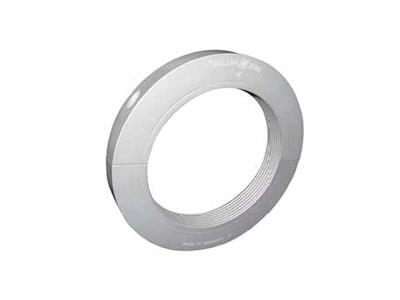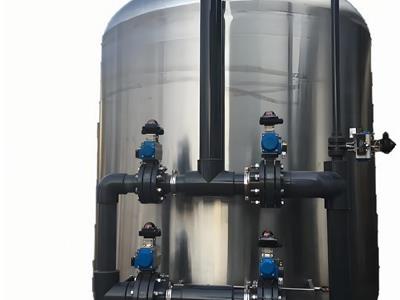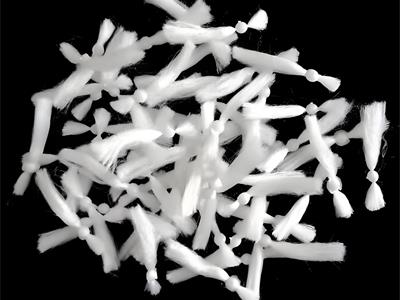- 2025-07-22
How to Remove VOCs from Water
What are VOCs?
Volatile organic compounds (VOCs) are a class of carbon-containing compounds that evaporate easily from water into the air at normal temperatures and pressures. This is why the smell of substances such as gasoline and solvents is easily detected. VOCs are widely present in many industrial, commercial and municipal applications, and are commonly found in products such as solvents, pesticides, inks, paints, gasoline, greases, etc. People are mainly exposed to these substances through eating contaminated food and water, skin contact or breathing air containing VOCs.
How do VOCs get into drinking water?
The vast majority of volatile organic compounds (VOCs) in drinking water come from emissions from human activities. When VOCs are dumped or disposed of improperly, some of them dissolve and eventually seep into the ground. As rain or snow melts, VOCs enter the soil and migrate to the groundwater table. VOCs can also spread in groundwater, thereby contaminating nearby drinking water sources such as wells. According to some environmental agencies, about one-fifth of the water supply in the United States has been detected to contain VOCs.
Challenges
Health risks of VOCs in drinking water
While most volatile organic compounds (VOCs) do not cause serious acute health problems, some VOCs have been shown to be highly harmful to humans. The toxicity of some VOCs depends on factors such as exposure concentration and duration. Common symptoms of VOC exposure may manifest as allergic reactions such as dizziness, skin irritation, vomiting, and discomfort in the throat, eyes, and nose. Long-term exposure to VOCs may lead to more serious chronic hazards, including cancer, organ failure, and damage to the kidneys, liver, and central nervous system.
Solutions
Water treatment technology for volatile organic compounds (VOCs)
There are many effective methods to remove volatile organic compounds (VOCs) from water. Among them, activated carbon adsorption filtration technology is one of the best methods to remove VOCs from water. Its adsorption efficiency varies depending on the specific VOC type. Activated carbon suppliers can evaluate the removal effect of various VOCs through simulation calculations and estimate the service life of activated carbon filter media based on this.
Aeration is also a viable treatment option, either alone or in combination with activated carbon filtration.
Reverse osmosis (RO) is one of the most reliable water purification technologies for removing volatile organic compounds (VOCs). RO systems are typically effective at removing 70% to 80% of VOCs from drinking water. However, activated carbon filtration is generally more efficient and can more effectively remove a wide range of chemical contaminants from water. Activated carbon suppliers can simulate a variety of chemicals to predict their adsorption performance and estimate filter replacement cycles. Other effective VOC removal technologies include electrodialysis, ultrafiltration systems, and aeration. These methods can be used independently or in combination with activated carbon technology to effectively remove VOCs from water.
Advantages
VOC water treatment technology is becoming more and more widely used. Compared with traditional multi-step treatment processes, it has significant advantages, mainly reflected in reduced operating costs and equipment investment, as well as reduced environmental impact.






